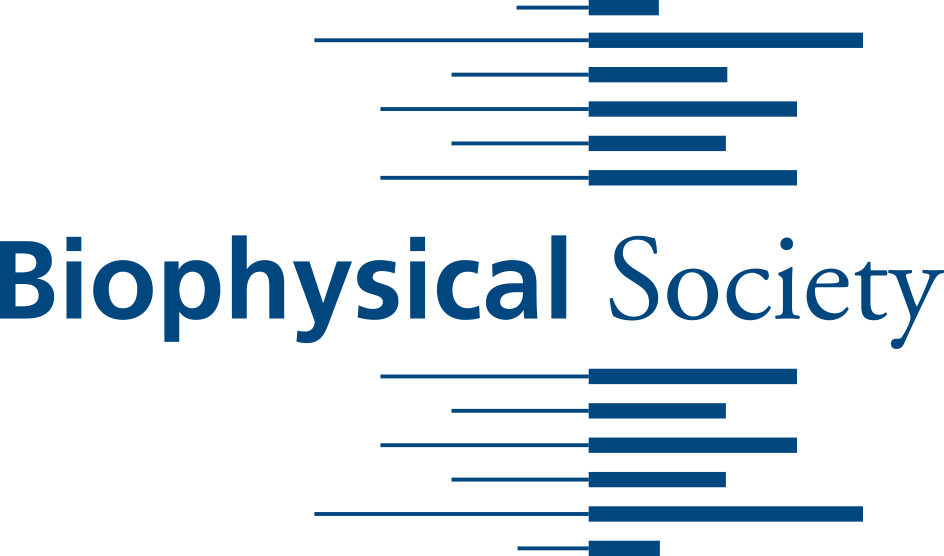Evolutionary Forces Encourage Diversity in the Active Surfaces of Venomous Toxins, Discourage Diversity in Non-active ‘Structural’ Surfaces
San Diego, Calif. – For snakes, spiders, and other venomous creatures, the "business end," or active part, of a toxin is the area on the surface of a protein that is most likely to undergo rapid evolution in response to environmental constraints, say researchers from Ben Gurion University in Israel. Understanding these evolutionary forces can help researchers predict which part of unstudied toxins will do damage, and may also aid in the design of novel synthetic proteins with tailored pharmaceutical properties. The team will present its results at the 56th Annual Meeting of the Biophysical Society, held Feb. 25-29 in San Diego, Calif.
Scientists have long suspected that evolutionary pressures encouraging diversity could play a role in shaping how a toxin works; if such forces were in play, toxins could rapidly evolve within a single species or change quickly from species to species, supporting predators and prey in the "arms race" that keeps them in competition. Still, it was not clear whether the same rules dictate neurotoxin evolution between animals from different phyla (that is, that have very little genetically in common with each other), or whether there were different rules in play for different organisms.
Using the published gene sequences for dozens of different toxins from various species of poisonous scorpions, spiders, and snakes, the Ben Gurion researchers studied toxins that target a variety of ion channels and receptors. They performed their analysis on individual codons, areas of the genetic sequence that code for a single amino acid, which allowed the team to hypothesize about the evolutionary pathways of individual building blocks of the proteins.
In the venoms of all the species they studied, as well as among all the different toxin families, the researchers found a clear correlation between the active parts of the toxins and the parts that evolve most rapidly. In addition, they determined that the non-active surfaces of the molecules – which tend to contribute to a toxin’s structural stability – experience the opposite type of evolutionary force, preventing these surfaces from changing greatly from generation to generation. This makes sense from a fitness perspective, since mutations that significantly change the structure of a toxin run a greater risk of damaging the toxin’s efficacy.
“We were pleased to learn how nicely the data fit our initial hypothesis, and how broad this phenomenon is,” says Noam Zilberberg, Ben Gurion University microbiologist and lead author of the study. “Our approach should help in locating novel interaction sites between as-yet unstudied toxins and their targets.”
The work supports the so-called “Red Queen’s hypothesis,” which states that constant change is needed for organisms to maintain fitness in a competitive environment. As a next step, the team would like to refine their results by expanding the dataset to include more toxins.
The presentation, “Molding the business end of neurotoxins by diversifying evolution,” is at 1:45 p.m. on Sunday, Feb. 26, 2012, in the San Diego Convention Center, Hall FGH. ABSTRACT: http://tinyurl.com/7a6zrk4
###
This news release was prepared for the Biophysical Society (BPS) by the American Institute of Physics (AIP).
ABOUT THE 2012 ANNUAL MEETINGEach year, the Biophysical Society Annual Meeting brings together over 6,000 research scientists in the multidisciplinary fields representing biophysics. With more than 4,000 poster presentations, over 200 exhibits, and more than 20 symposia, the BPS Annual Meeting is the largest meeting of biophysicists in the world. Despite its size, the meeting retains its small-meeting flavor through its subgroup meetings, platform sessions, social activities, and committee programs.
The 56th Annual Meeting will be held at the San Diego Convention Center (111 W. Harbor Drive, San Diego, CA 92101), located three miles from the San Diego International Airport and less than one mile from the Amtrak station. The San Diego Trolley has two stops directly in front of the Center at Harbor Drive/First Avenue and Harbor Drive/Fifth Avenue.
QUICK LINKSMeeting Home Page: http://www.biophysics.org/2012meeting/Main/tabid/2386/Default.aspx Housing and Travel Information: http://www.biophysics.org/2012meeting/AccommodationsTravel/HotelInformation/tabid/2479/Default.aspx Program Abstracts and Itinerary Planner:http://www.abstractsonline.com/plan/start.aspx?mkey=%7B5B4BAD87%2D5B6D%2D4994%2D84CE%2DB3B13E2AEAA3%7D
PRESS REGISTRATIONThe Biophysical Society invites credentialed journalists, freelance reporters working on assignment, and public information officers to attend its Annual Meeting free of charge. For more information on registering as a member of the press, contact Ellen Weiss, Director of Public Affairs and Communications ([email protected], 240-290-5606), or visit http://www.biophysics.org/2012meeting/Registration/Press/tabid/2477/Default.aspx.
ABOUT BPSThe Biophysical Society (BPS), founded in 1956, is a professional scientific society established to encourage development and dissemination of knowledge in biophysics. The Society promotes growth in this expanding field through its annual meeting, monthly journal, and committee and outreach activities. Its 9000 members are located throughout the U.S. and the world, where they teach and conduct research in colleges, universities, laboratories, government agencies, and industry. For more information on the Society or the 2012 Annual Meeting, visit www.biophysics.org.
MEDIA CONTACT
Register for reporter access to contact detailsCITATIONS
56th Annual Meeting of the Biophysical Society
